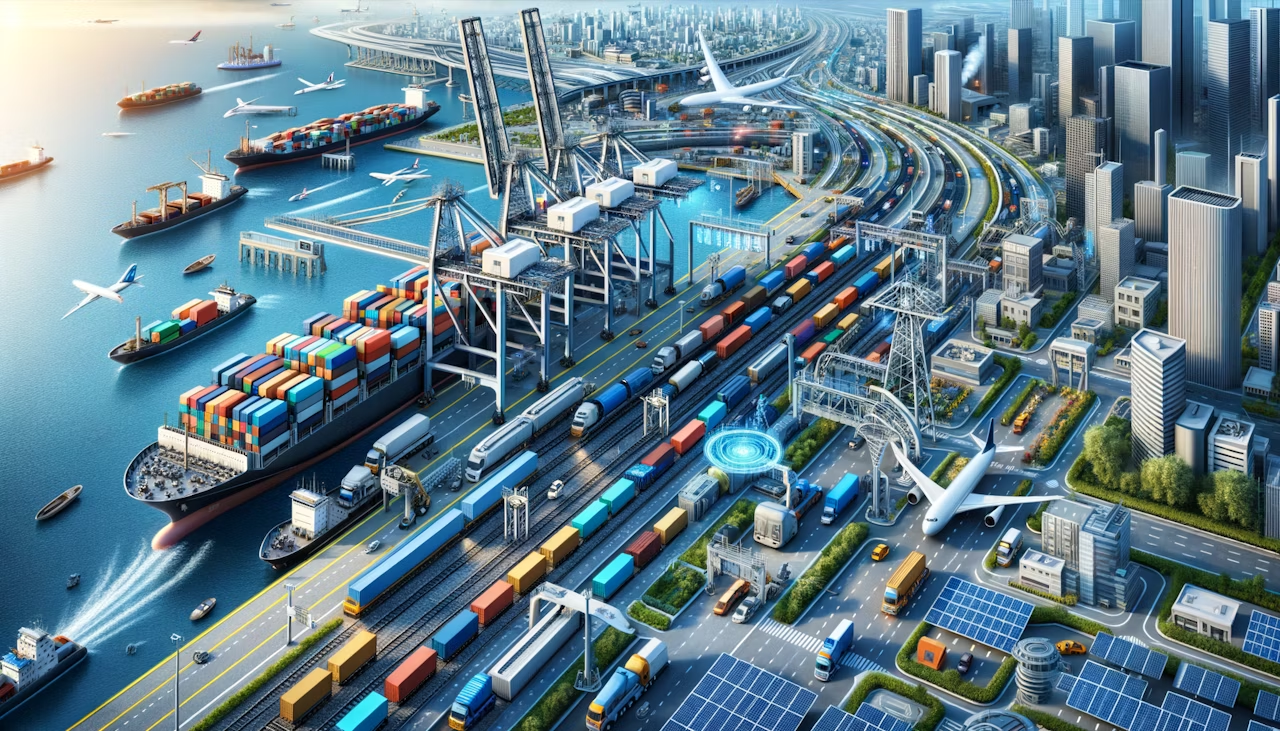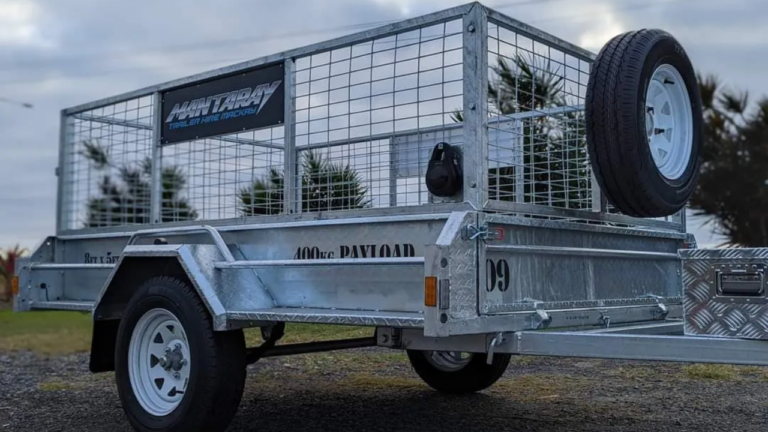Logistics Efficiency and Cost Savings with Intermodal Freight Solutions
Did you know that in 2023, U.S. rail intermodal transport handled 12.7 million units, representing around 25% of major railroads’ revenue—the largest share of any rail segment. Nearly half of this volume was tied to international imports and exports, highlighting intermodal freight solutions essential role in global trade logistics.1
Intermodal freight solutions use a mix of transportation methods—typically rail, truck, and sometimes sea or air—to get your goods to their destination. This hybrid approach offers more flexibility and resilience than traditional single-mode shipping.
But like any logistics solution, intermodal freight works best with a few strategic adjustments. This article explains how you can use seamless intermodal freight solutions to achieve reliable, cost-effective shipping for your business.
The Advantages of Intermodal Freight
Why should you consider intermodal freight? First, intermodal transport reduces shipping costs, particularly for long-haul routes. Rail and sea shipping can move large quantities of cargo more efficiently than trucks alone, saving on fuel and labor costs. For businesses dealing with higher volumes or long distances, intermodal transport can mean significant savings.
Furthermore, seamless intermodal freight solutions offer environmental benefits. By relying more on rail, you’re choosing one of the lowest-carbon modes of transport. Reducing your carbon footprint can enhance your company’s sustainability profile, which is increasingly important to consumers.
Top 6 Tips for Seamless Intermodal Freight Solutions
1. Choose the Right Intermodal Partner
Finding a reliable intermodal freight solutions partner is essential. Not all 3PLs have the experience or infrastructure to handle intermodal shipments smoothly. Look for a provider, such as Experior Logistics, with:
- A robust carrier network for each mode of transport
- Real-time tracking capabilities to give you visibility over your shipments
- An integrated Warehouse Management System (WMS) to support cross-docking, multi-stop, and other customized needs
Working with an asset-based 3PL can add stability to your operations. These companies own the trucks, warehouses, and often even some of the rail contracts used in intermodal freight, allowing for a more seamless process from start to finish.
2. Save Cost with Strategic Planning
Planning routes and schedules that maximize the use of lower-cost rail or sea legs can be a game-changer. This involves analyzing your shipping lanes and identifying where it makes sense to switch from full truckload (TL) to intermodal for portions of the journey.
A company shipping seasonal goods may also consider intermodal to manage high volumes during peak times. Moreover, by integrating rail or sea for longer distances, you can avoid the high costs of last-minute full-truckload options during the busiest months.
3. Use Technology for a Seamless Process
An experienced provider will use digital freight platforms and tracking systems to provide real-time visibility. Advanced systems not only monitor your shipments but also automate quoting, scheduling, and tracking updates. In addition, some systems can even integrate with your internal ERP or inventory management software, creating a cohesive data stream from order to delivery.
Imagine your operations manager sitting at a dashboard, instantly viewing where each container is along its route. With this level of visibility, you can address potential delays early and avoid disruptions.
4. Prioritize Security for High-Value Goods
Moving freight through multiple modes increases the number of touchpoints along the journey, which can make security more complex. Fortunately, modern intermodal solutions address this with innovative security measures like in-transit monitoring, high-security warehousing, and automated verification systems.
Therefore, choose a 3PL that uses camera-monitored trailers, 24/7 warehouse security, and tamper-evident seals for high-value loads.
5. Leverage Drayage Services for Container Management
Drayage—the short-distance transport of containers between ports and warehouses—is an integral part of intermodal freight. Hence, an effective drayage partner can help reduce wait times and ensure containers arrive on schedule.
Also, drayage services streamline the flow of goods from ports to rail yards or distribution centers, making it easier to manage large shipments and minimize costly delays. Ultimately, with a reliable drayage network, your containers won’t sit idle at ports. Instead, they’ll be efficiently routed from one point to the next, maximizing the value of intermodal freight solutions.
6. Consider Intermodal for Cross-Border Shipments
If you’re shipping to or from Mexico or Canada, intermodal can be a strategic choice. Cross-border shipments often benefit from intermodal due to simplified customs processes and reduced reliance on long-haul trucking. Trucks handle the “first mile” and “last mile,” while rail or even sea can be used for cross-border sections, lowering costs and easing border delays.
Intermodal Freight Solutions in a Nutshell
Seamless Intermodal freight solutions offer flexibility, cost savings, and sustainability benefits that single-mode shipping simply can’t match. By choosing the right intermodal freight provider and implementing smart practices, you can achieve new efficiencies in your logistics operations.
From planning strategic routes and securing reliable drayage to leveraging technology and minimizing delays, intermodal freight empowers your business to streamline its supply chain while controlling costs.
So, if your company needs an agile, cost-effective solution to ship goods nationwide—or even across borders—intermodal freight might just be the answer you’re looking for.
Reference
1. AAR-Intermodal-Fact-Sheet – Freight Rail & Intermodal






